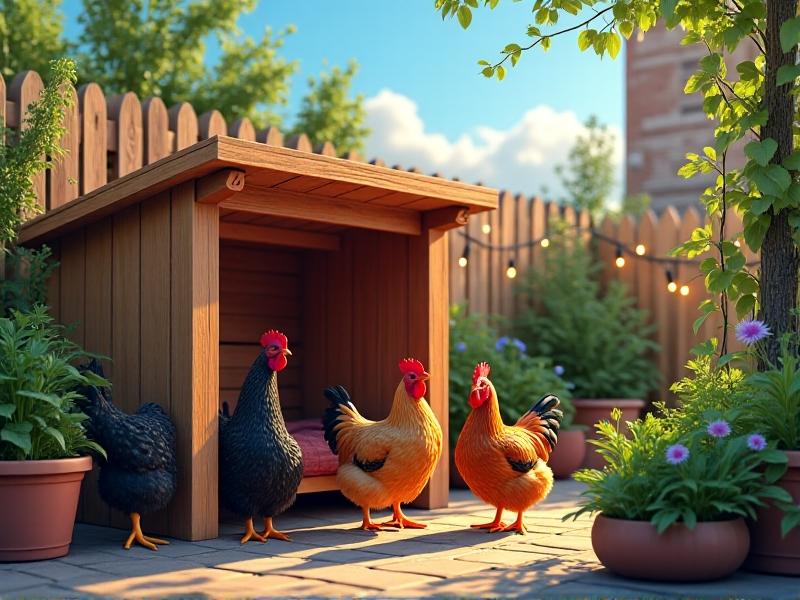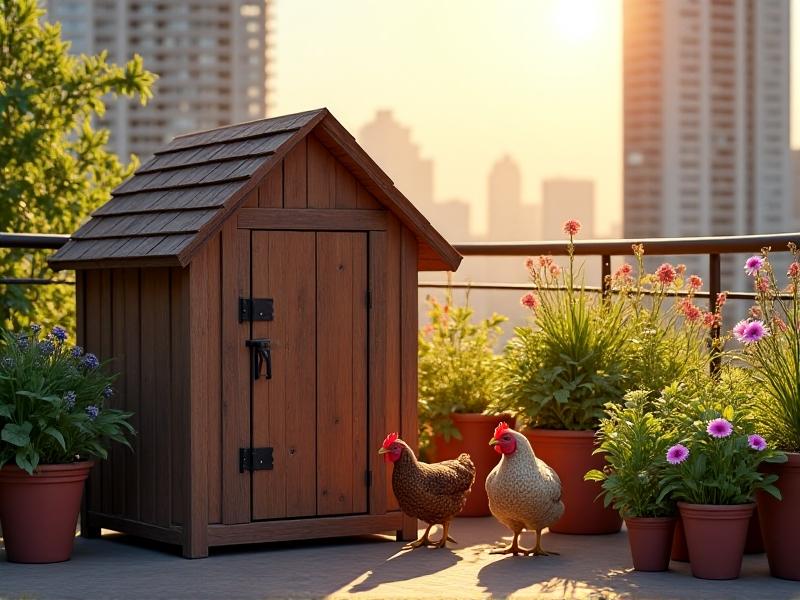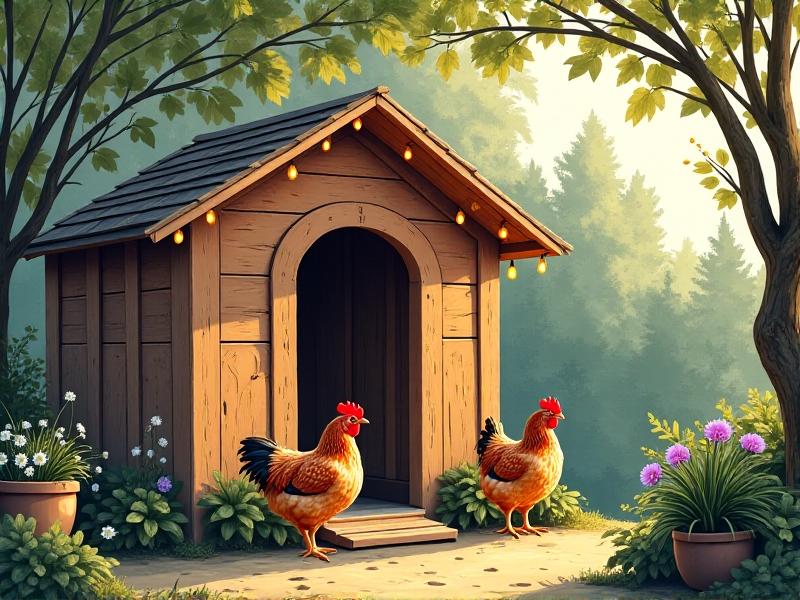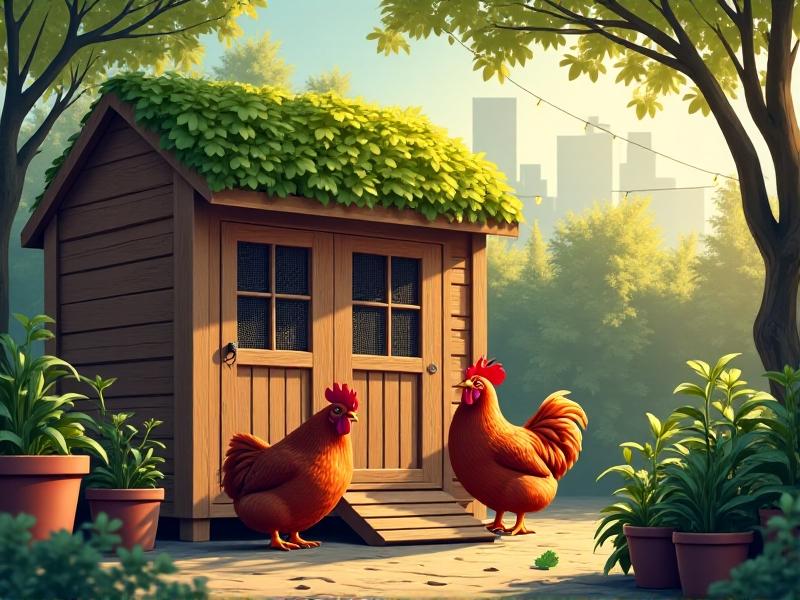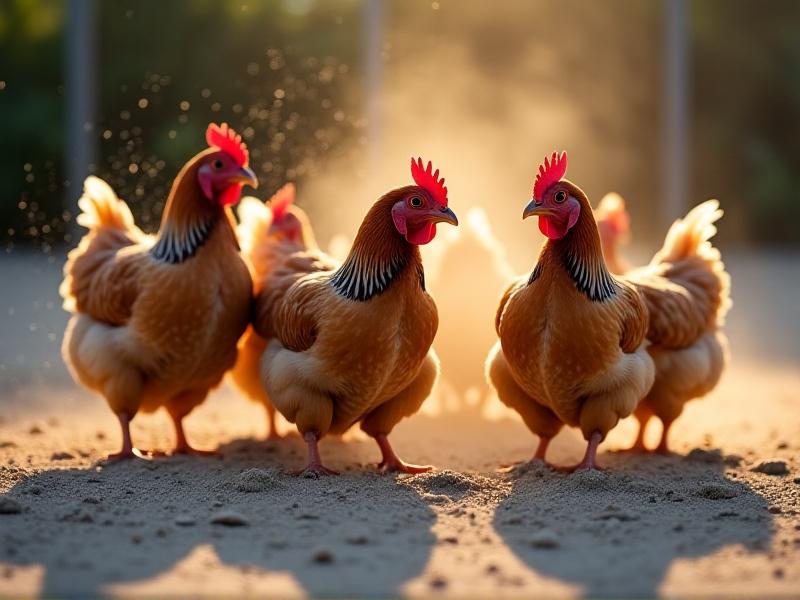Building the Closed-Loop System: Urban Chicken Permaculture
Introduction to Urban Chicken Permaculture and Closed-Loop Systems
Urban chicken permaculture merges small-scale poultry keeping with sustainable gardening practices, creating a self-sustaining ecosystem in backyard spaces. This approach emphasizes resource efficiency, waste reduction, and symbiotic relationships between chickens, plants, and soil. By integrating chickens into a permaculture design, urban dwellers can produce fresh eggs, reduce food waste, and cultivate fertile gardens without relying on synthetic inputs. The closed-loop system ensures every output—whether manure, kitchen scraps, or garden trimmings—becomes a valuable input for another part of the cycle.
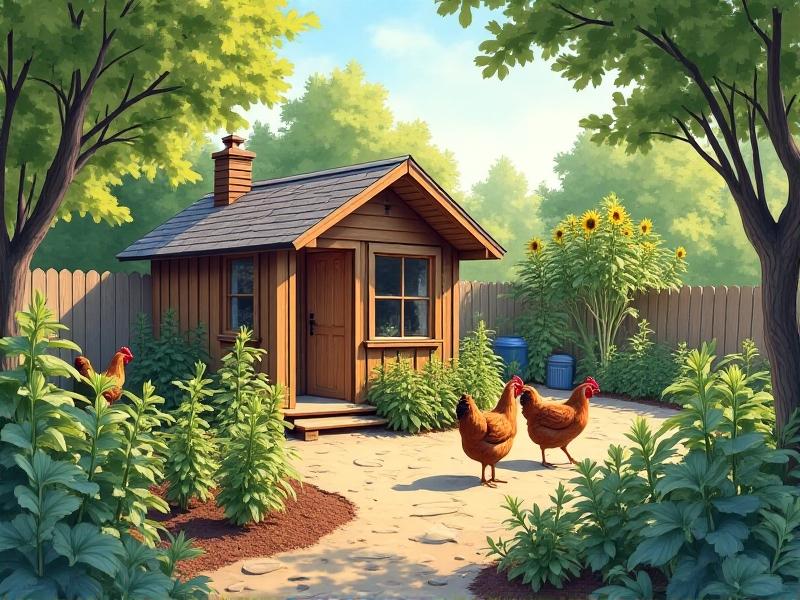
The Role of Chickens in a Permaculture Ecosystem
Chickens are natural multitaskers in permaculture systems. Their scratching behavior aerates soil, their droppings fertilize plants, and their appetite for insects reduces pests. By rotating chickens through garden zones, they prep beds for planting by clearing weeds and depositing nitrogen-rich manure. At the same time, their diet can be supplemented with garden scraps and spent crops, minimizing waste. Selecting dual-purpose breeds like Rhode Island Reds or Australorps ensures a balance of egg production and hardiness suited to urban environments.

Designing a Closed-Loop Chicken Habitat
A well-designed chicken habitat integrates shelter, foraging space, and connections to garden systems. The coop should be elevated for predator protection and include nesting boxes lined with straw or hemp. Attach a movable run to allow chickens to graze on weeds and pests in different garden sections. Position the coop near compost bins to streamline manure collection. Incorporate perches made from fallen branches and dust-bathing areas with sand and wood ash to support natural behaviors.

Synergy with Plants: Companion Planting for Chickens
Companion planting enhances chicken health and garden productivity. Grow nutrient-dense fodder crops like comfrey and nasturtium near coops for supplemental chicken feed. Plant shrubs like elderberry or currant as windbreaks and snack sources. Avoid toxic plants like nightshade, and instead focus on herbs like oregano and thyme, which have natural deworming properties. Chickens reciprocate by controlling pests and fertilizing heavy feeders like corn or squash.
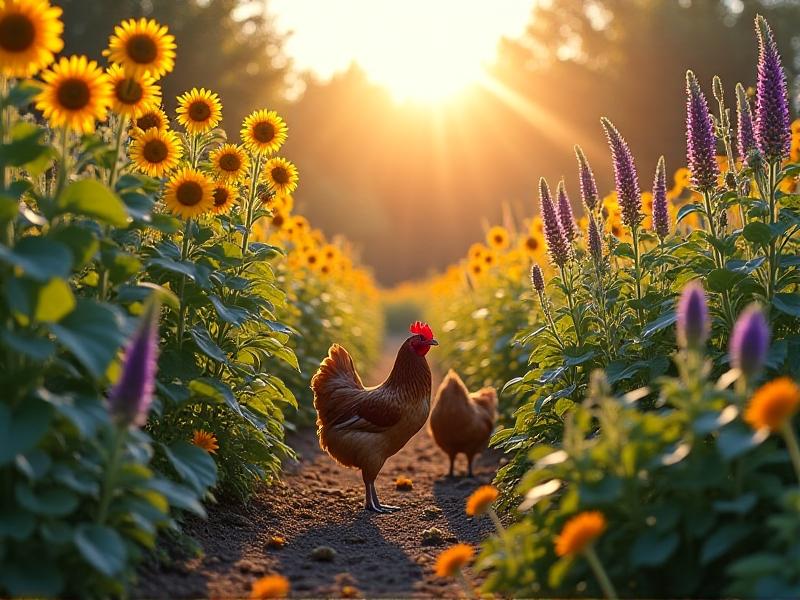
Closing the Loop: Waste Management and Composting
Chicken manure, when composted, becomes a potent fertilizer. Combine manure with carbon-rich materials like leaves or shredded paper in a 3:1 ratio to accelerate decomposition. Use deep litter methods in coops by layering straw and manure, then transfer the mix to hot compost piles. Vermicomposting systems can further break down scraps into worm castings for seedlings. This cycle transforms waste into resources, eliminating the need for chemical fertilizers.
Case Study: A Year in an Urban Chicken Permaculture System
In Portland, Oregon, a 0.1-acre urban homestead houses six hens, a food forest, and raised beds. Spring starts with chickens clearing winter cover crops, followed by planting nitrogen-fixing peas. Summer sees hens grazing on spent strawberry plants, while their manure fuels tomato growth. By fall, excess produce is fermented into chicken feed, and winter involves composting coop bedding for next year's soil. The system yields 1,200 eggs annually and cuts household waste by 40%.
Overcoming Challenges: Predators, Regulations, and Community
Urban chicken keepers face predators like raccoons and hawks, requiring secure coops with hardware cloth and automatic doors. Local regulations often limit flock sizes or require permits, necessitating community advocacy. Building relationships with neighbors through egg-sharing or educational workshops fosters acceptance. Online forums and local permaculture guilds provide support for troubleshooting, from managing mites to balancing feed costs.
